Before you begin painting your kitchen walls, it's important to properly prepare them. This will ensure a smooth and long-lasting finish. Start by removing any switch plates, outlet covers, and light fixtures from the walls. Then, use a damp cloth to wipe down the walls and remove any dirt or grime. If there are any holes or cracks, fill them in with spackling paste and sand them down until they are smooth.1. Prep the walls
Choosing the right type of paint for your kitchen walls is crucial. You'll want a paint that is durable, washable, and can withstand high humidity and frequent cleaning. Look for paints labeled as "kitchen and bathroom" or "high-gloss" for the best results. Also, consider the color and finish you want for your walls. Bold colors and high-gloss finishes can make a statement, while neutral colors and matte finishes create a more subtle look.2. Choose the right paint
Painting can be a messy job, so it's important to protect your floors and furniture from any accidental spills or drips. Lay down drop cloths or old sheets to cover your floors and move any furniture out of the way. If you're unable to move furniture, cover it with plastic sheets or old towels to protect it from paint splatters.3. Protect your floors and furniture
Before you start painting, it's best to remove any hardware or fixtures attached to the walls, such as cabinet handles, towel racks, or light switch covers. This will make it easier to paint around them and avoid any accidental smudges or drips. If removing them is not an option, cover them with painter's tape to protect them from paint.4. Remove any hardware or fixtures
Even if your walls don't look dirty, it's important to clean them before painting. This will ensure that the paint adheres properly to the surface and provides a smooth finish. Use a mild detergent and warm water to clean the walls, and be sure to rinse them thoroughly afterwards. Allow the walls to dry completely before moving on to the next step.5. Clean the walls
If you haven't already done so, now is the time to fill in any holes or cracks in the walls. Use spackling paste and a putty knife to fill in any gaps or imperfections. Once the paste is dry, sand it down until it is smooth. This will ensure that your walls have a flawless surface to paint on.6. Fill in any holes or cracks
Priming your walls is an important step in the painting process, especially if you are painting over a darker color or a wall with stains. Primer helps the paint adhere better to the surface and can also cover up any imperfections. Use a high-quality primer and apply it evenly with a paint roller or brush. Allow the primer to dry completely before moving on to the next step.7. Prime the walls
The type of paintbrush or roller you use can make a big difference in the final result of your paint job. For kitchen walls, it's best to use a high-quality paintbrush or roller with a medium to thick nap. This will help to evenly distribute the paint and provide a smooth finish. Avoid using cheap brushes or rollers, as they can leave behind visible brush or roller marks.8. Use a high-quality paintbrush or roller
To achieve a rich and even color, it's important to apply multiple coats of paint. Start with a thin coat and allow it to dry completely before adding another coat. Depending on the color and type of paint you are using, you may need to apply three or more coats for full coverage. Be sure to follow the manufacturer's instructions for drying times between each coat.9. Apply multiple coats
Once you have applied the final coat of paint, allow it to dry completely before moving any furniture back into the room or touching the walls. This can take anywhere from a few hours to overnight, depending on the type of paint and the number of coats applied. Be patient and avoid touching or leaning anything against the walls until the paint is completely dry. By following these top 10 best ways to paint a kitchen wall, you can achieve a professional-looking finish that will last for years to come. Remember to properly prep your walls, choose the right paint, and protect your floors and furniture. And don't forget to apply multiple coats and allow the paint to dry completely for the best results. Now, you're ready to transform your kitchen with a fresh coat of paint!10. Allow the paint to dry completely
The Importance of Choosing the Right Paint for Your Kitchen Walls

Why Paint Matters
 When it comes to designing your kitchen, one of the most important decisions you'll make is choosing the right paint for your walls. Not only does paint add color and personality to your space, but it also serves as a protective barrier against moisture, dirt, and grime. This is especially crucial in a high-traffic area like the kitchen, where spills and splatters are inevitable. Therefore, it's important to invest in quality paint that will not only beautify your space but also provide long-lasting protection.
When it comes to designing your kitchen, one of the most important decisions you'll make is choosing the right paint for your walls. Not only does paint add color and personality to your space, but it also serves as a protective barrier against moisture, dirt, and grime. This is especially crucial in a high-traffic area like the kitchen, where spills and splatters are inevitable. Therefore, it's important to invest in quality paint that will not only beautify your space but also provide long-lasting protection.
Consider Your Kitchen's Style and Lighting
 When selecting a paint color for your kitchen walls, it's essential to consider the overall style and lighting of your space. For example, if you have a modern kitchen with minimalistic design and plenty of natural light, you may want to opt for a clean and crisp white paint. This will further enhance the bright and airy feel of your kitchen. On the other hand, if you have a traditional kitchen with warm, dim lighting, you may want to go for a warmer-toned paint color, such as a soft beige or light grey.
When selecting a paint color for your kitchen walls, it's essential to consider the overall style and lighting of your space. For example, if you have a modern kitchen with minimalistic design and plenty of natural light, you may want to opt for a clean and crisp white paint. This will further enhance the bright and airy feel of your kitchen. On the other hand, if you have a traditional kitchen with warm, dim lighting, you may want to go for a warmer-toned paint color, such as a soft beige or light grey.
Think About Durability and Cleanability
 In addition to style and lighting, it's crucial to consider the durability and cleanability of the paint you choose for your kitchen walls. You want a paint that can withstand regular cleanings without fading, chipping, or peeling. Look for paints that are specifically designed for high-traffic areas and are easy to clean, such as semi-gloss or satin finishes. These finishes are also resistant to moisture, making them ideal for kitchen walls.
Pro Tip:
When choosing a paint color, consider using
featured keywords
like "durable" and "easy-to-clean" to ensure you find the perfect paint for your kitchen walls.
In addition to style and lighting, it's crucial to consider the durability and cleanability of the paint you choose for your kitchen walls. You want a paint that can withstand regular cleanings without fading, chipping, or peeling. Look for paints that are specifically designed for high-traffic areas and are easy to clean, such as semi-gloss or satin finishes. These finishes are also resistant to moisture, making them ideal for kitchen walls.
Pro Tip:
When choosing a paint color, consider using
featured keywords
like "durable" and "easy-to-clean" to ensure you find the perfect paint for your kitchen walls.
Don't Be Afraid to Get Creative
 While neutral and muted colors are popular choices for kitchen walls, don't be afraid to get creative and add a pop of color. A bold accent wall or even a colorful backsplash can add character and personality to your kitchen. Just make sure to choose a color that complements the overall design of your space and doesn't clash with your cabinets and countertops.
In conclusion, when it comes to painting your kitchen walls,
choosing the right paint is crucial
. Consider your kitchen's style and lighting, as well as the durability and cleanability of the paint. And don't be afraid to get creative and add a splash of color to make your kitchen truly stand out. With the right paint, your kitchen walls will not only look beautiful but also provide long-lasting protection for years to come.
While neutral and muted colors are popular choices for kitchen walls, don't be afraid to get creative and add a pop of color. A bold accent wall or even a colorful backsplash can add character and personality to your kitchen. Just make sure to choose a color that complements the overall design of your space and doesn't clash with your cabinets and countertops.
In conclusion, when it comes to painting your kitchen walls,
choosing the right paint is crucial
. Consider your kitchen's style and lighting, as well as the durability and cleanability of the paint. And don't be afraid to get creative and add a splash of color to make your kitchen truly stand out. With the right paint, your kitchen walls will not only look beautiful but also provide long-lasting protection for years to come.

















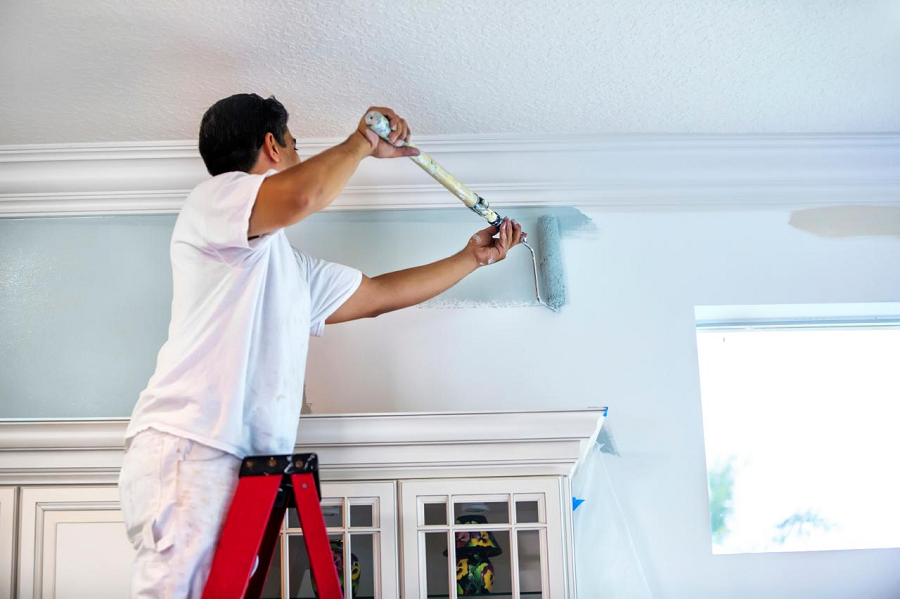






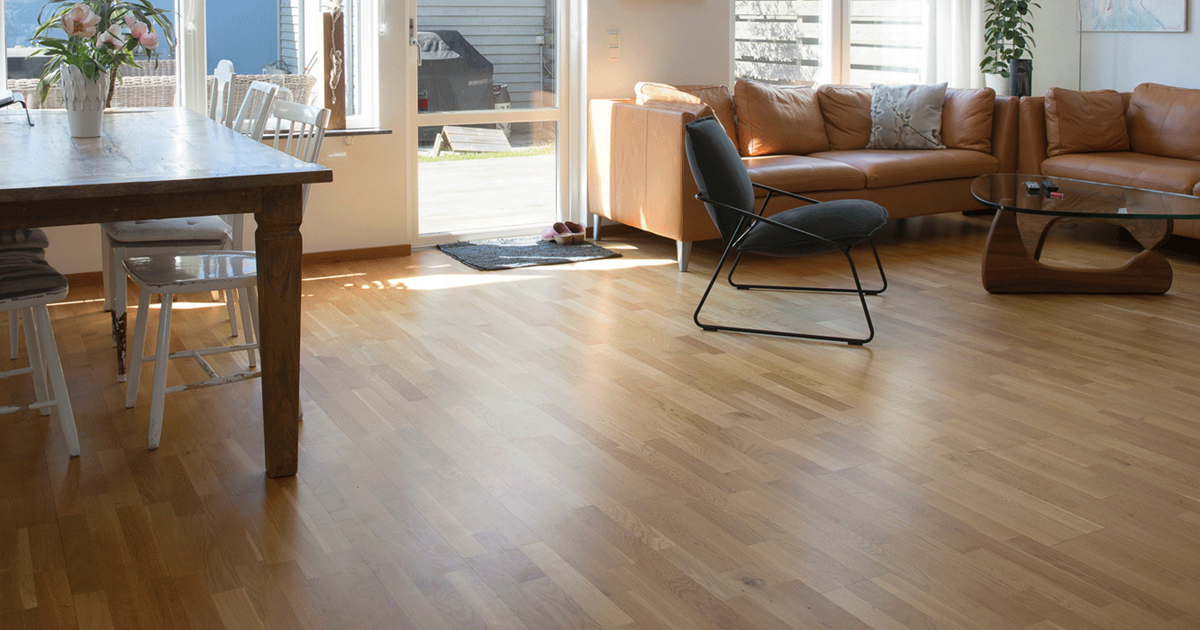
























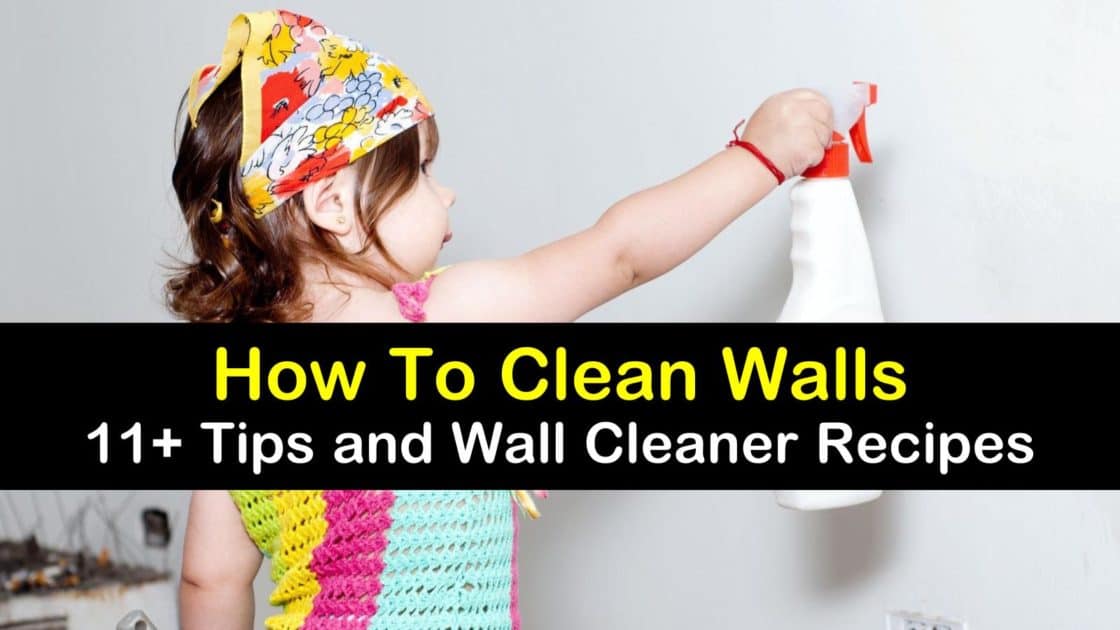













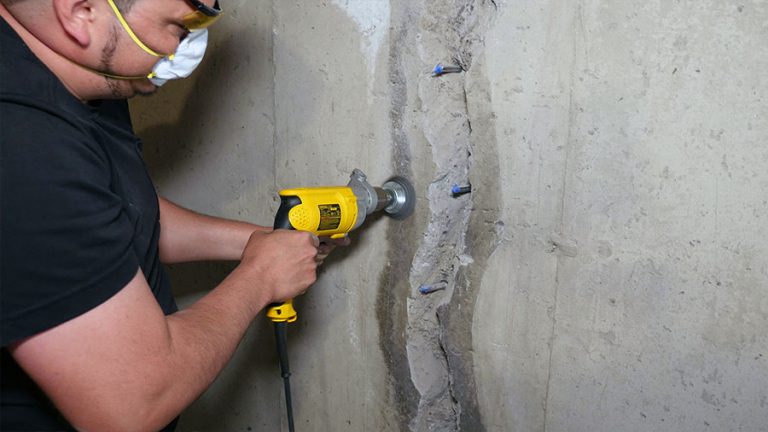

















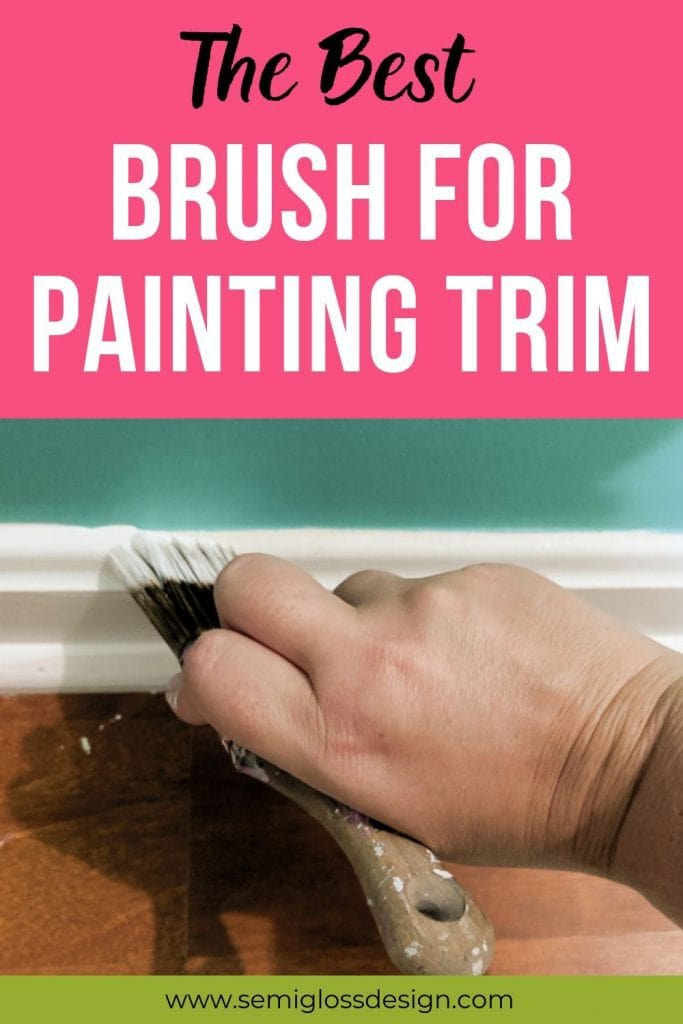

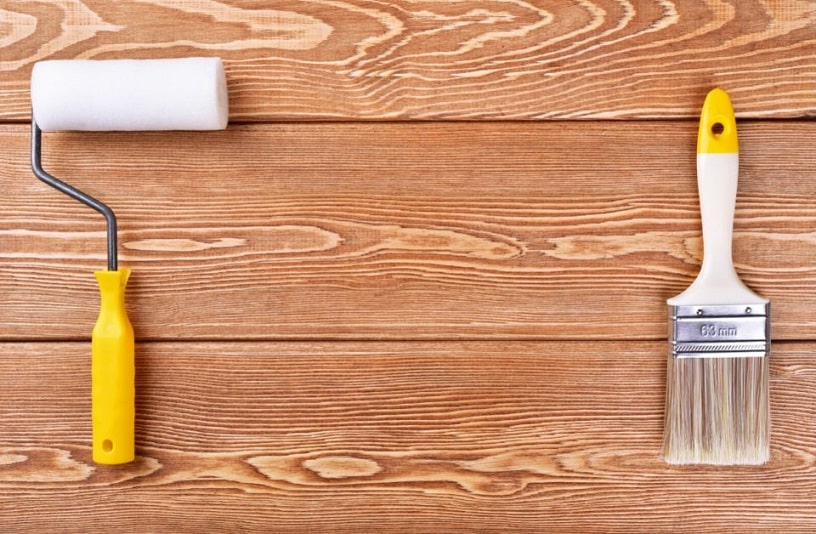










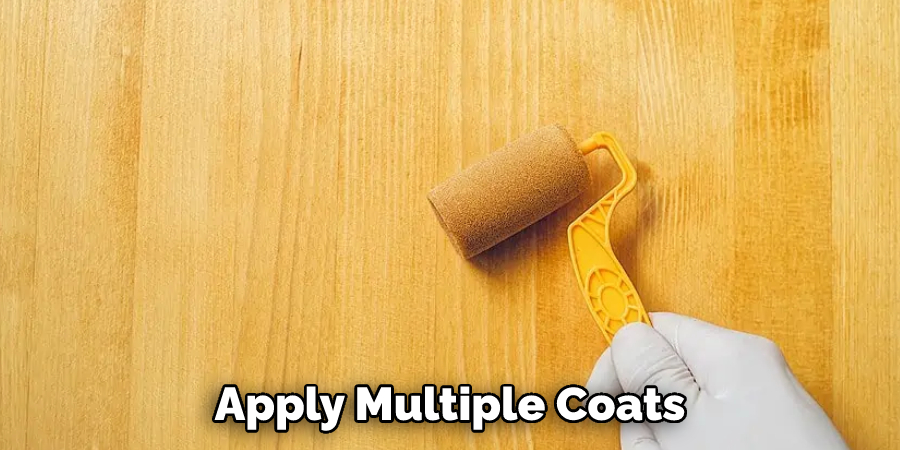



.png?format=1500w)



















/GettyImages-872728164-5c79d40f46e0fb0001a5f030.jpg)
